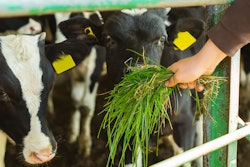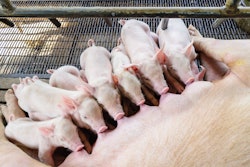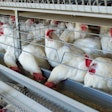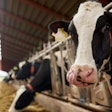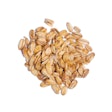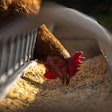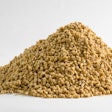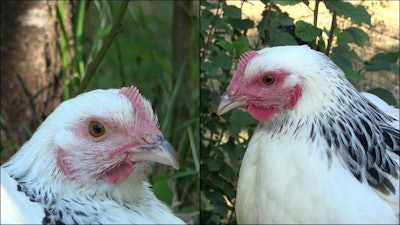
The discovery that laying hens express emotions by blushing and fluffing the feathers on their heads could better inform welfare assessments of commercial poultry, revealed a study published in PLoS ONE.
“The present study suggests that a hen's facial redness changes based on its affective state, providing a potential way to assess its well-being and relationship with humans,” wrote the authors.
“This introduces the idea of using redness as a welfare marker, but further research is needed. Understanding that the intensity of redness can show how sensitive hens are to different situations and analyzing these variations could help us to grasp their perceptions of the environment. “
Facial expressions are an important form of communication between humans, dogs, pigs and other mammals. Chickens appear to have facial expressions too, but before now, no one knew if poultry used these behaviors to express emotion.
Measuring blushing behavior
Researchers from the National Research Institute of Agriculture, Food and the Environment (INRAE) and the National Center of Scientific Research (CNRS), both located in France, filmed 18 Sussex laying hens as they performed natural behaviors and while receiving feed over a three week period.
Using a computer program, over 18,000 pictures were analyzed to measure the amount of blushing – or redness in the face – displayed by the hens.
According to the results, the position of facial feathers and the color of the exposed faces of the hens varied. For example, fluffed head feathers seemed to indicate contentment. Comparatively, blushing was associated with excited or fearful behavior on the part of the hens.
“Notably, hens exhibited less redness in calm situations compared to rewarding situations, while they appeared reddest in fear-related situations,” the authors wrote.
Testing the human-animal interaction
The study went one step further and looked at the human-animal relationship. Being handled can be a source of stress in commercial poultry, but it is sometimes necessary.
During this trial, 13 Sussex hens interacted with an experimenter over a five-week period, while another group had little-to-no human contact. The faces of the first group of hens stayed lighter compared to the second group, indicating a more positive response to human interaction.
Better welfare metrics benefit industry
Welfare monitoring is a crucial component to any poultry production operation, but it’s difficult to assess. In part, this is because poultry are prey animals that have evolved to instinctively hide pain.
The sample size of this study is small, but if it proves true in a larger flock, it could provide the poultry industry with a non-invasive way to objectively measure welfare.



